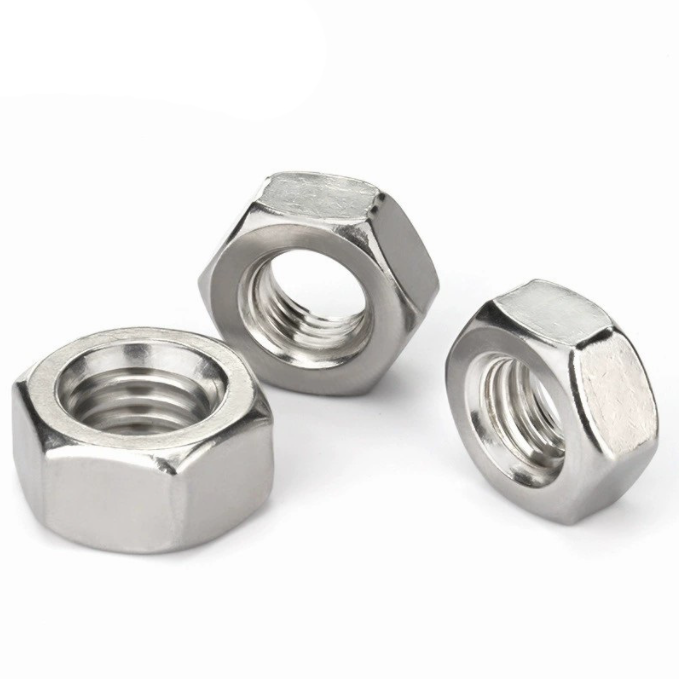

Techniques for Effectively Installing Self-Tapping Screws into Wooden Surfaces for Optimal Results
اگست . 06, 2024 09:58 Back to list
Techniques for Effectively Installing Self-Tapping Screws into Wooden Surfaces for Optimal Results
Understanding Self-Tapping Screws for Wood Applications
Self-tapping screws are indispensable tools in woodworking and construction, known for their ability to create their own holes while being driven into various materials. This unique feature makes them particularly suitable for applications involving wood, where precision and efficiency are crucial.
What are Self-Tapping Screws?
Self-tapping screws are designed with a pointed tip that enables them to penetrate material without the need for a pre-drilled pilot hole. This point allows the screw to cut its own threads into the material as it is installed, effectively reducing installation time and effort. These screws come in various types, including those specifically designed for wood, which typically feature coarse threads to provide better grip and holding power.
Types of Self-Tapping Screws for Wood
1. Type A Screws Known as the sheet metal screw, Type A screws have sharp threads that are effective for fastening materials together. Though not ideal for softwood, they work well with harder wood types.
2. Type B Screws These screws have a slightly larger diameter of their threads, making them more effective in softer materials like pine or plywood. Their design allows for better biting into the wood, enhancing grip.
3. Wood Screws with Self-Tapping Features Some manufacturers offer wood screws that incorporate self-tapping designs. These screws provide the benefits of self-tapping screws while ensuring they are optimized for wood applications, preventing splitting and providing superior holding strength.
Advantages of Using Self-Tapping Screws in Wood
1. Time-Saving The ability to drive screws without pre-drilling is a significant advantage, particularly in large projects where time efficiency is essential. This feature simplifies the assembly process, allowing woodworkers to complete tasks more quickly.
self tapping screws into wood

2. Less Damage to Material By eliminating the need to create pilot holes, there is a reduced risk of damaging the wood. Properly designed self-tapping screws minimize splitting and cracking, which can often occur with traditional screws.
3. Consistent Fastening Self-tapping screws provide a reliable and consistent fastening solution. Once installed, these screws ensure a tight hold, which is crucial for maintaining structural integrity in various woodworking projects.
4. Versatility Available in a range of sizes, materials, and coatings, self-tapping screws can be used in various woodworking applications, from furniture assembly to cabinetry and even outdoor projects where moisture resistance is necessary.
Best Practices for Using Self-Tapping Screws in Wood
1. Selecting the Right Screw It's vital to choose the appropriate type of self-tapping screw for your specific wood material and project requirements. Factors like wood hardness, screw length, and thread design should be considered to ensure optimal performance.
2. Screw Placement When driving self-tapping screws into wood, it’s important to distribute screws evenly and avoid placing them too close to the edges of the wood, as this can lead to splitting.
3. Using a Power Tool While hand-driving screws is an option, using a power drill or screwdriver can enhance efficiency and reduce effort, especially with larger projects.
4. Pre-drilling (Optional) In cases with particularly hard woods or when working with specialty wood types, consider pre-drilling small pilot holes, even when using self-tapping screws, to ensure better control and reduce the risk of splitting.
Conclusion
Self-tapping screws are a must-have for anyone involved in woodworking. Their ability to save time, reduce material damage, and provide consistent, reliable fastening makes them invaluable tools in both professional and DIY woodworking contexts. By understanding their types, advantages, and best practices, woodworkers can optimize their use and enhance the quality of their projects. Whether you’re building furniture or constructing outdoor structures, incorporating self-tapping screws can lead to more efficient and robust results.
Latest news
-
Premium Self Tapping Metal Screws: Strong & Easy Install
NewsAug.02,2025
-
Premium Fasteners Manufacturer | AI-Driven Solutions
NewsAug.01,2025
-
Hot Dip Galvanized Bolts - Hebei Longze | High Strength, Corrosion Resistance
NewsAug.01,2025
-
High-Strength Hot Dip Galvanized Bolts - LongZe | Corrosion Resistance, Custom Sizes
NewsAug.01,2025
-
Best Self Tapping Screws for Drywall - Fast & Secure Installation
NewsJul.31,2025
-
High-Strength Hot Dip Galvanized Bolts-Hebei Longze|Corrosion Resistance&Customization
NewsJul.31,2025

